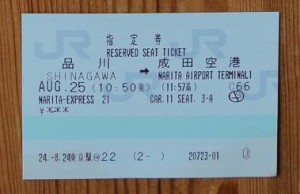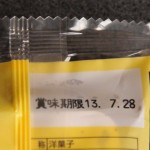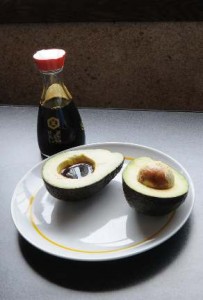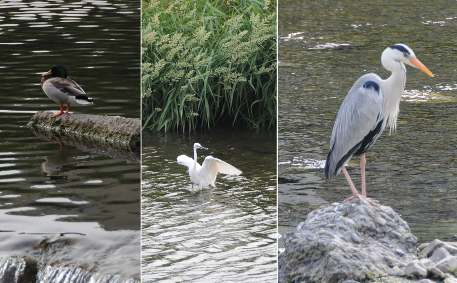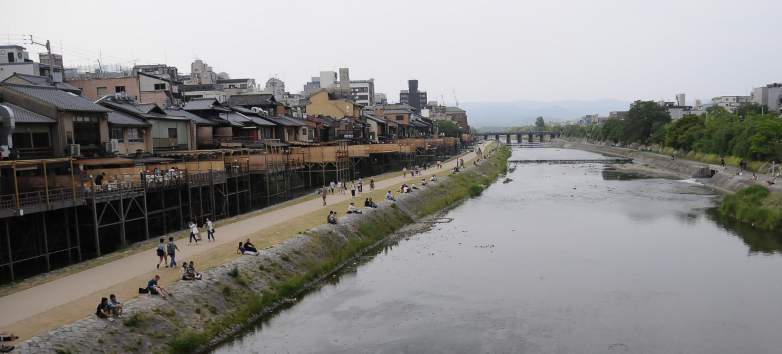As I have written before, summer is here with sunny, hot and humid days, blue skies and wonderful sunsets, and people complaining “azui – hot” all around. And on top of all that, insects finding their way into the house…
So far I have had what feels like a million mosquito bites (they don’t seem to care about the window screens), I dispatched of a number of wood lice, and saw two enormous spiders in communal rooms (thank goodness in a fossilised state already, but I am sure their live offspring will soon descend unto the house) and a number of other assorted bugs. My landlady is terrified of mukade, centipedes, some ten centimeters long, with wide, thin legs and a nasty bite, and my housemate told me about the time when he found a praying mantis following him up the stairs.
To be honest, I don’t care for insects very much, especially spiders freak me out (but I find praying mantis kind of cool). I don’t mind them outside so much – there is usually enough space to avoid each other, but I prefer not to meet them inside. And the fact that my disgust will not deter them from entering does make me feel somewhat queasy about sleeping on the floor, eye to eye with them, so to speak. For those reasons I have already told my housemate that I consider him to function as the resident exterminator, insect department, while I will happily deal with lizards, snakes, anything furry… I believe this is a fair division of labour – unfortunately it breaks down when he is out…
Which was the case Wednesday night. After writing my post for the day, I went to the kitchen to get me some more water. It was dark, so I trod lightly, turned on the lights and carefully watched where I placed my feet. Turning to the sink to fill my water bottle I stared into the eyes of a cockroach. It was not very big, a non-flying variety of maybe 3-4 centimeters, but still. I am glad I had spoken to my housemate before that:
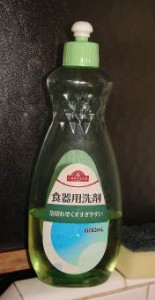 “What do I do?”
“What do I do?”
“Never squish them.”
“Why?”
“Eggs…”
“Eew… but then…?”
“Washing up liquid!”
Hence I took the bottle and tried to squirt the liquid on the cockroach – I can tell you they are fast moving beasts! It took quite a while and much too much of the precious liquid until the insect was covered, flopped over obediently and died. At least it didn’t move anymore. I felt like a hero! The feeling of relief quickly evaporated when I realized the next problem: What to do next? I mean, there was a dead cockroach in my sink, which was not going to hop into the trash can on its own devices anymore, and I was so not going to touch that! Flushing it down the drain was not really an option either – with the liquid washed off, will it spontaneously resurrect and come after me? Finally I used a piece of cardboard to sweep it into a plastic bag, which I tied closed – twice! – and put into the trash can. Let’s just hope the beast doesn’t revive itself and starts gnawing its way out of the plastic bag…
In the end I can say: I regret nothing and I’d do it again in an instant. Especially now that I know that the method works so swiftly and that I have found such a clean way to dispose of the remains. But I still hope my housemate will be home next time to be the brave knight to respond to this damsel in distress. And I mustn’t forget to buy more washing up liquid. Just to be on the safe side…



